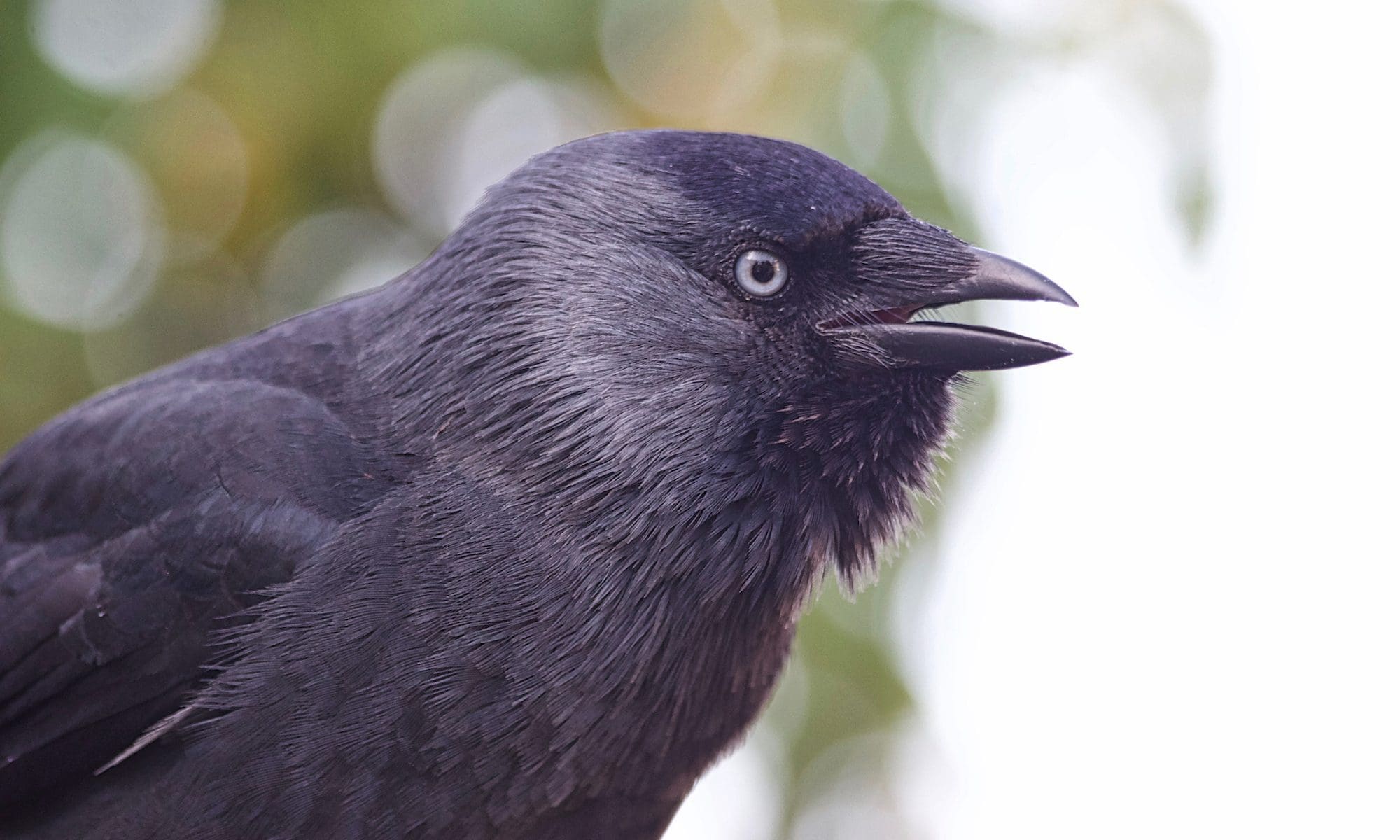We have been advised to take our Corvid Isle Forum offline due to a severe security vulnerability. Subsequently, we have analysed and monitored the situation for a couple of weeks. Unfortunately, at the time being there is no timeline available about how and when this security issue is going to be sufficiently patched. Therefore we have taken the decision to retire the Corvid Isle Forum for good. However, as the Forum contained a wealth of useful information, internal and external links as well as plenty of advice, we have transferred and converted all this material into a new ‘frequently asked questions’ style of database. We do hope that our users will find this newly created source of information well structured and easily accessible. Please follow the link below to check out the new Corvid Isle FAQ section.







